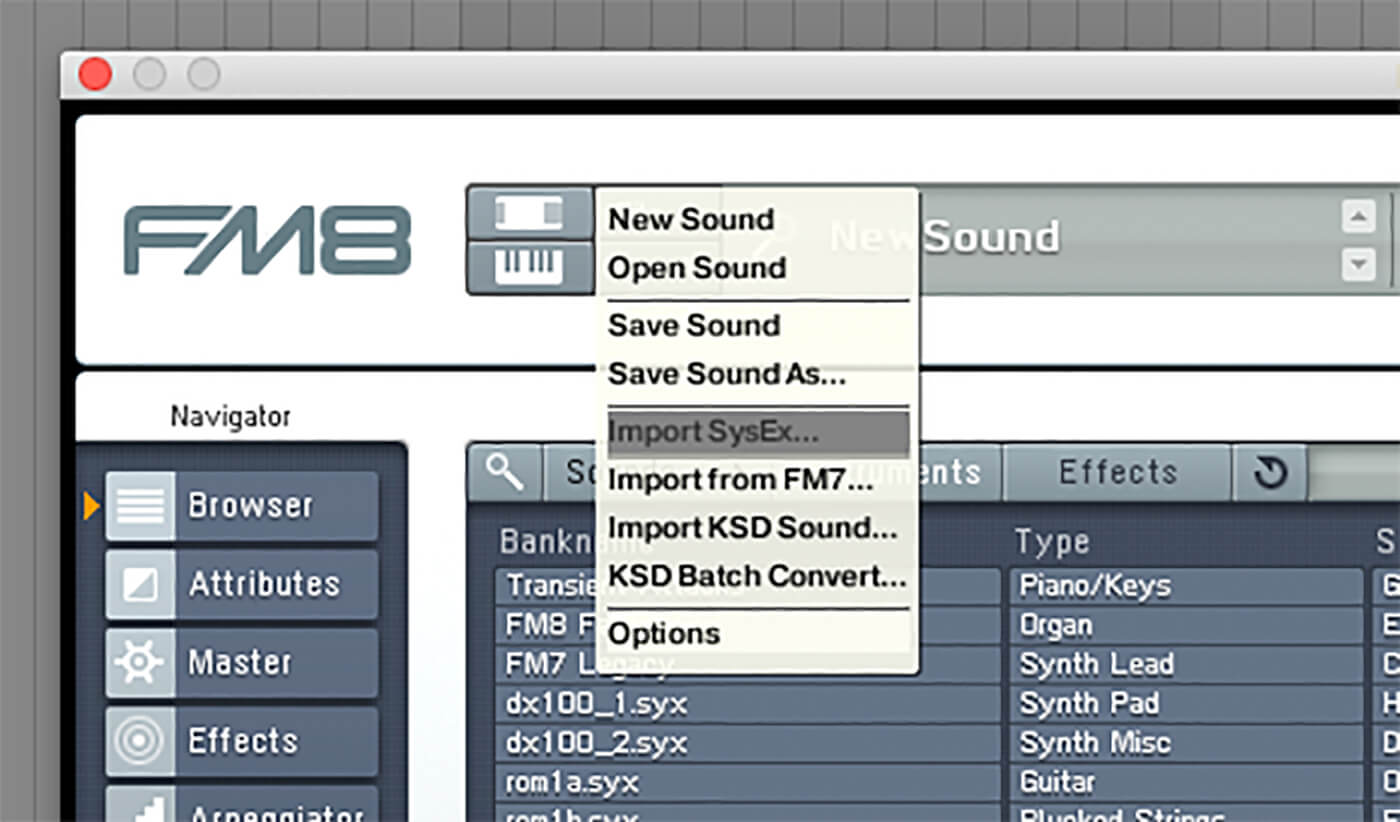
We’ll be returning to FM synthesis soon to explore some more complex sounds in greater depth. No matter which FM synth you have access to, understanding these basic principles is the key to unlocking the power of FM synthesis. By experimenting with different operator ratios, envelope shapes and modulation routings, it’s possible to create much more complex, exciting sounds. The carrier and modulator relationship we’ve explored in this walkthough is simple, but once you’ve understood it you’re well on your way to grasping the potential of FM synthesis. The modulation amount is controlled with the FM Depth knob and the ADSR envelope to its left:īy turning up the FM Depth and the ADSR’s Sustain level we can devolve the sound to the harsh, harmonically rich sound we had in FM8 and Operator before we tweaked their envelopes and modulation levels:įinally, the modulator’s Harmonic knob controls its pitch, and like FM8’s Ratio and Operator’s Coarse parameters affect the timbre of the sound.
Fm8 dx7 patches Patch#
The instrument is based around just two operators – a dedicated modulator and a dedicated carrier – and its default patch is much like the deep house bass we’ve already encountered. Next, we’ll see how Logic’s EFM1 takes an even simpler approach to FM synthesis.

Turn B’s Level down to -12dB or so to smooth the effect out: Set operator B’s Coarse tuning to 2, and we’ve made the same raw deep house bass as we had with FM8. This gives us that filter-style movement we created before. Drag down on the square near the centre of the volume envelope on the right to adjust the envelope, making B’s level drop over time as a note’s held down: Turn Operator B’s level up to 0.0dB and you’ll hear mode harmonics are introduced into Operator A’s output:ī is acting as the modulator, A as the carrier. The file inside this zipped file is a system exclusive (sysex) dump, and can be imported by NIs FM8, as well as other virtuals that can convert DX7 sysex files. B modulates A, C modulates B, and D modulates C. I recently (12/07) created these on a classic Yamaha TX802, the rack version of the DX7. In this case the yellow Operator A is at the bottom, which means its the only one that’s voiced. This represents how the synth’s operators are routed.

In the master panel at the bottom right-hand corner of the interface you’ll see four coloured blocks: Rather than a modulation matrix, Operator has a selection of preset routings, much like the Yamaha DX7.

Operator might not look much like FM8, but under the hood it has a similar architecture. To show how other FM synths work in similar ways, let’s begin by recreating this patch in Ableton Live’s Operator synth.


 0 kommentar(er)
0 kommentar(er)
